If you have a small kitchen, designers urge you to make this one key design decision
Aptly coined the 'countersplash,' it's the trend to follow for a visually calming kitchen
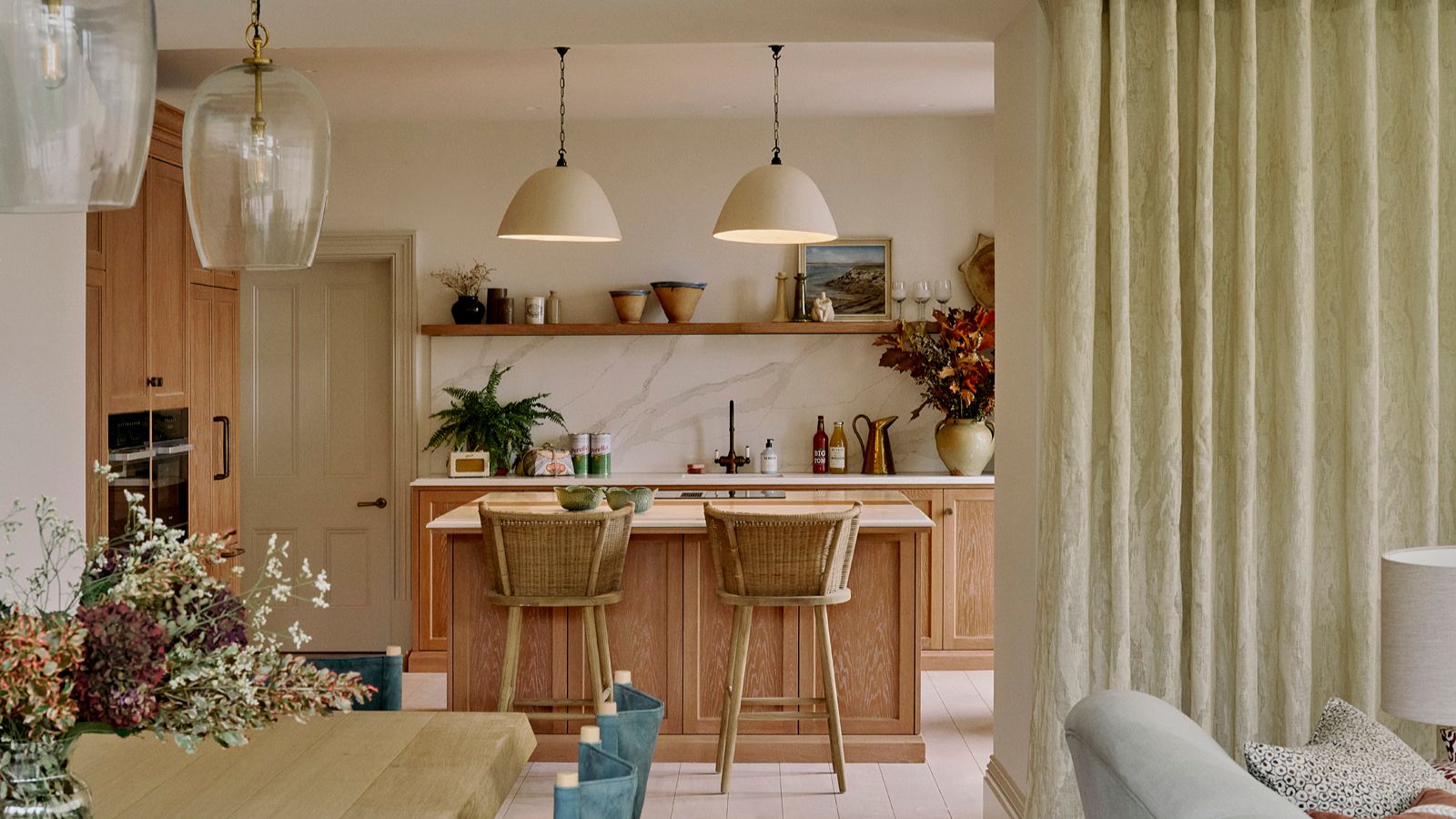

While there are no rules on how to design a smaller space, a more compact kitchen can benefit from certain designs, especially those that give the illusion of greater space and feature fewer visual divides.
Cue the 'countersplash', a designer favorite for small kitchens, which sees your countertop material continued up the wall into a kitchen backsplash. It's striking, versatile, and brings a sense of calm and continuity to your scheme.
Here's why interior designers love this approach in small schemes, the best materials to choose, and everything you need to know about this timeless design decision.
What's the appeal of a countersplash in a small kitchen?
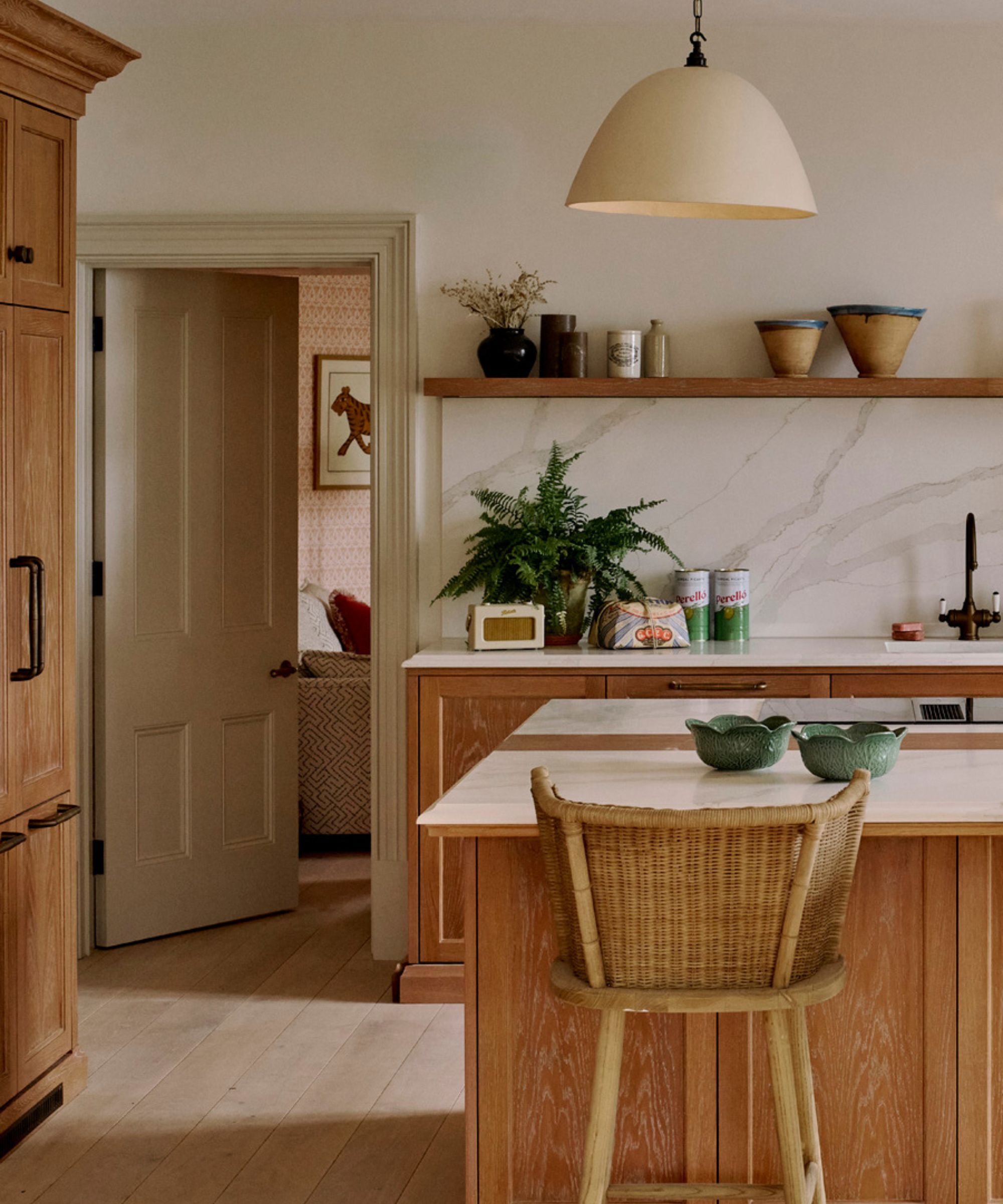
Choosing a kitchen backsplash requires a careful balance of style and functionality. And while various designs are on the table, few are as favored in a small kitchen as a backsplash in the same material as the countertops.
'For aesthetic reasons, people are loving a countersplash because it creates this seamless, super sleek look that feels intentional, simple, and high-end,' says Jennifer Verruto, founder of Blythe Interiors.
'There's also an added appeal of no grout lines to clean, which a lot of homeowners enjoy. Reducing visual clutter, like bold patterns and grout lines, is a powerful way to make a space feel bigger,' she adds.
It's also a chic approach to really showcase the beautiful stone you've chosen. 'It creates a seamless, cohesive look that feels elevated and intentional, and allows the cabinetry and architecture to take center stage. It also highlights the natural beauty of the material itself, whether it’s a richly veined marble, a warm quartzite, or a subtle quartz,' says Kailee Blalock and Taylor Troia, founders of House of Hive Design Co.
Design expertise in your inbox – from inspiring decorating ideas and beautiful celebrity homes to practical gardening advice and shopping round-ups.
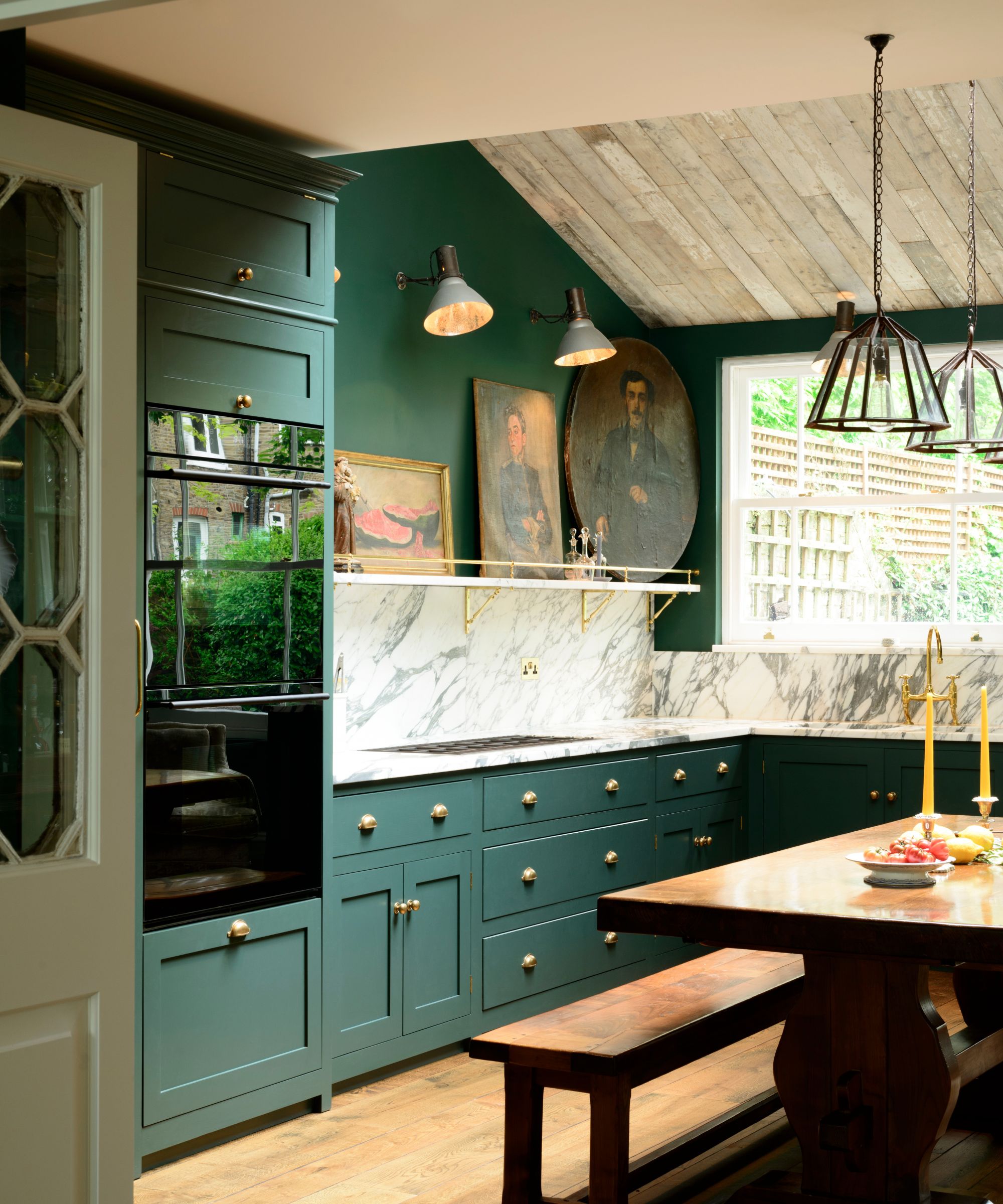
But it's not just the visual appeal that makes this backsplash approach so desirable. It also has a lot of practical benefits, including cleaning and maintenance, essentially making it a low-effort yet still utterly chic choice.
'A slab backsplash in the same material as your kitchen countertop creates a seamless, elegant flow with the added benefit of practicality. The continuous surface rises beautifully from countertop to wall, with no grout lines to disrupt the look – and it’s far easier to keep clean,' explains Jonathan Stanley of Caesarstone.
'Using the same material for both countertop and backsplash visually elongates the surfaces and creates the impression of more space. The consistency gives the eye fewer interruptions, which makes the kitchen feel larger and more open,' adds interior designer Lauren Gilberthorpe.
There's also a sustainability focus here. It's a method that can often reduce waste, which is not only good for the environment but your budget, too.
'Beyond aesthetics, matching the countertop and backsplash is also fiscally responsible on a project. This provides the most efficient use of a natural stone slab, especially in smaller kitchens that might not need the whole piece for just one surface,' says Magd Riad, president of Marmi.
What's the best material?
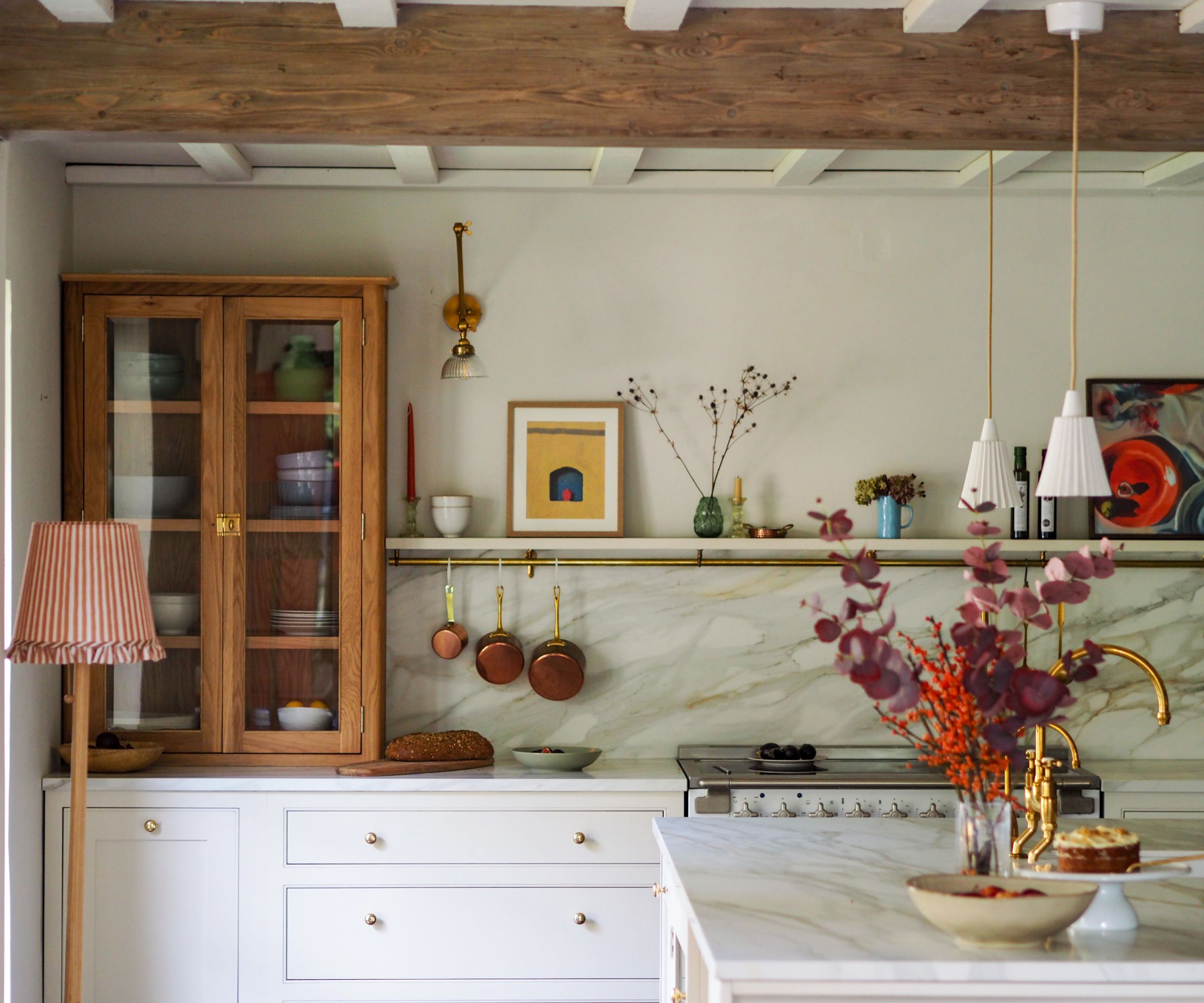
Choosing the right material will really take the look to the next level. For obvious reasons, stone is the best option for that seamless look, whether it's natural or engineered.
'Natural stone, such as marble or even lava stone, is a beautiful choice for this technique, as each slab has its own unique character and movement. For a more understated option, quartz can provide the same seamless look with a softer, pared-back finish,' says Lauren.
'From a design perspective, be mindful of how bold your slab is. If you’re already working with statement cabinetry or dramatic lighting, a quieter slab may let those details stand out. On the other hand, if the kitchen is minimal, a heavily veined or unique colored stone can become the art piece,' suggests Kailee and Taylor.
A beautifully veined stone is a look favored by Steven Cooper of Cooper Pacific, who adds, 'A richly veined slab running up part or all the way up the wall can become the room’s focal point. It becomes a piece of art you live with every day.'
'But be mindful that if you love decorative items, they can compete with the natural beauty of the surface and create visual clutter. Plan ahead by choosing accessories that either complement the stone’s undertones or provide a subtle contrast without overwhelming it,' he continues.
The type of stone you choose will depend entirely on style and budget. If you're designing your forever home and love the look of marble, it will always be a timeless choice. But on a tighter budget or in a less permanent residence, engineered options are a great choice.
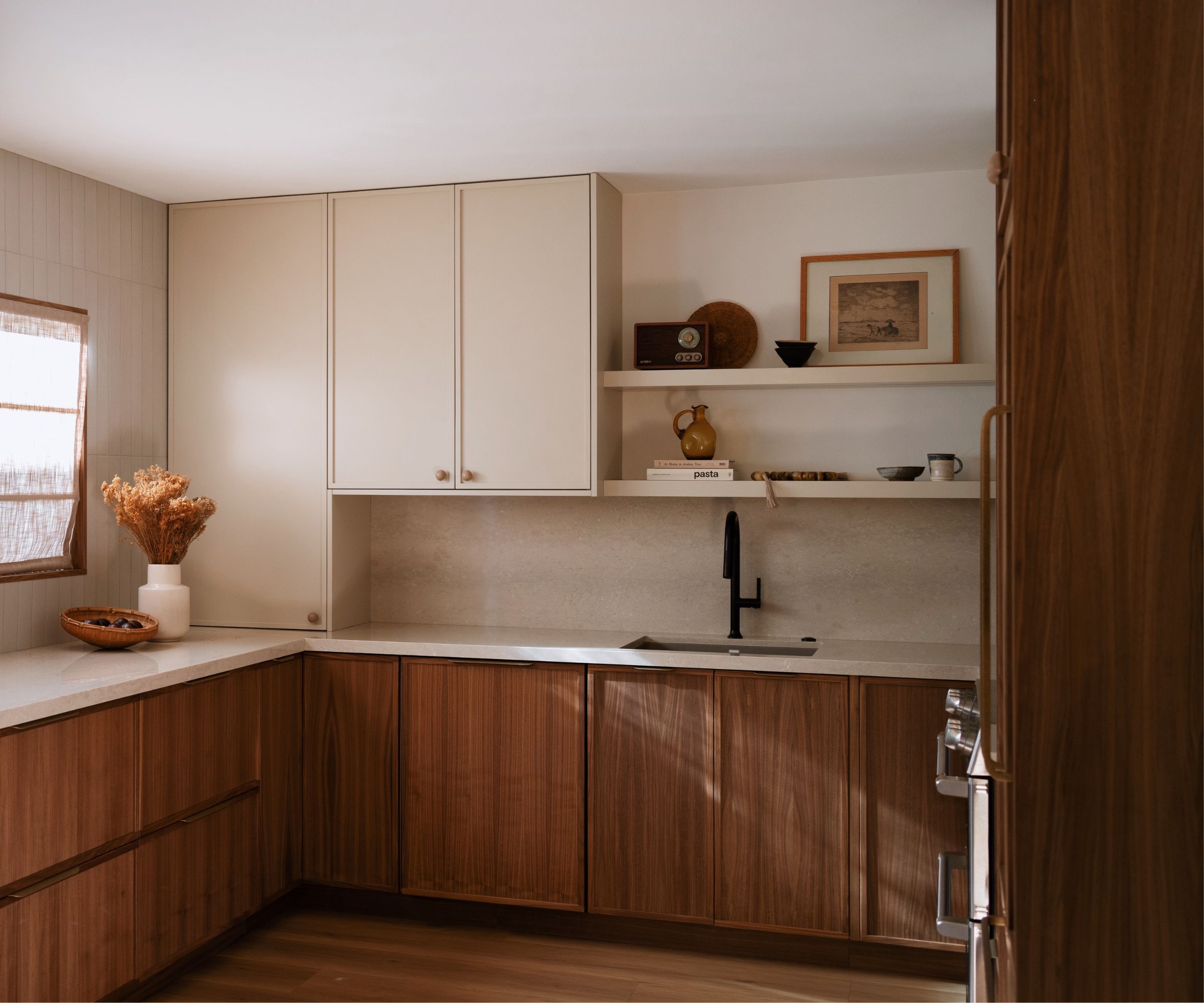
'We’re usually strong advocates for natural stone, such as marble, quartzite, and soapstone, because each slab is unique, and these materials tend to add long-term value to a home. For our Vista Edge project, this wasn’t our client’s forever home, so we selected a cost-effective quartz instead,' says Kailee and Taylor.
'Our advice with quartz is to choose slabs with very minimal veining. Since quartz is man-made and patterns are essentially screen printed, slabs with dramatic veining often look inauthentic. Sometimes you can literally see the pixels. A subtle, uniform quartz keeps the design timeless and avoids drawing attention for the wrong reasons.'
A high-quality man-made stone can look just as chic as a natural one, while offering the added benefits of durability. 'Engineered stone and porcelain options are heat and stain-resistant, making them ideal for busy kitchens where cooking splashes are part of family life,' says Jonathan.
'Unlike natural marble, where veining can be tricky to align, quartz and other engineered stones deliver a flawless, cohesive finish with exceptional durability and longevity,' he adds.
How to ensure your kitchen countersplash looks elevated
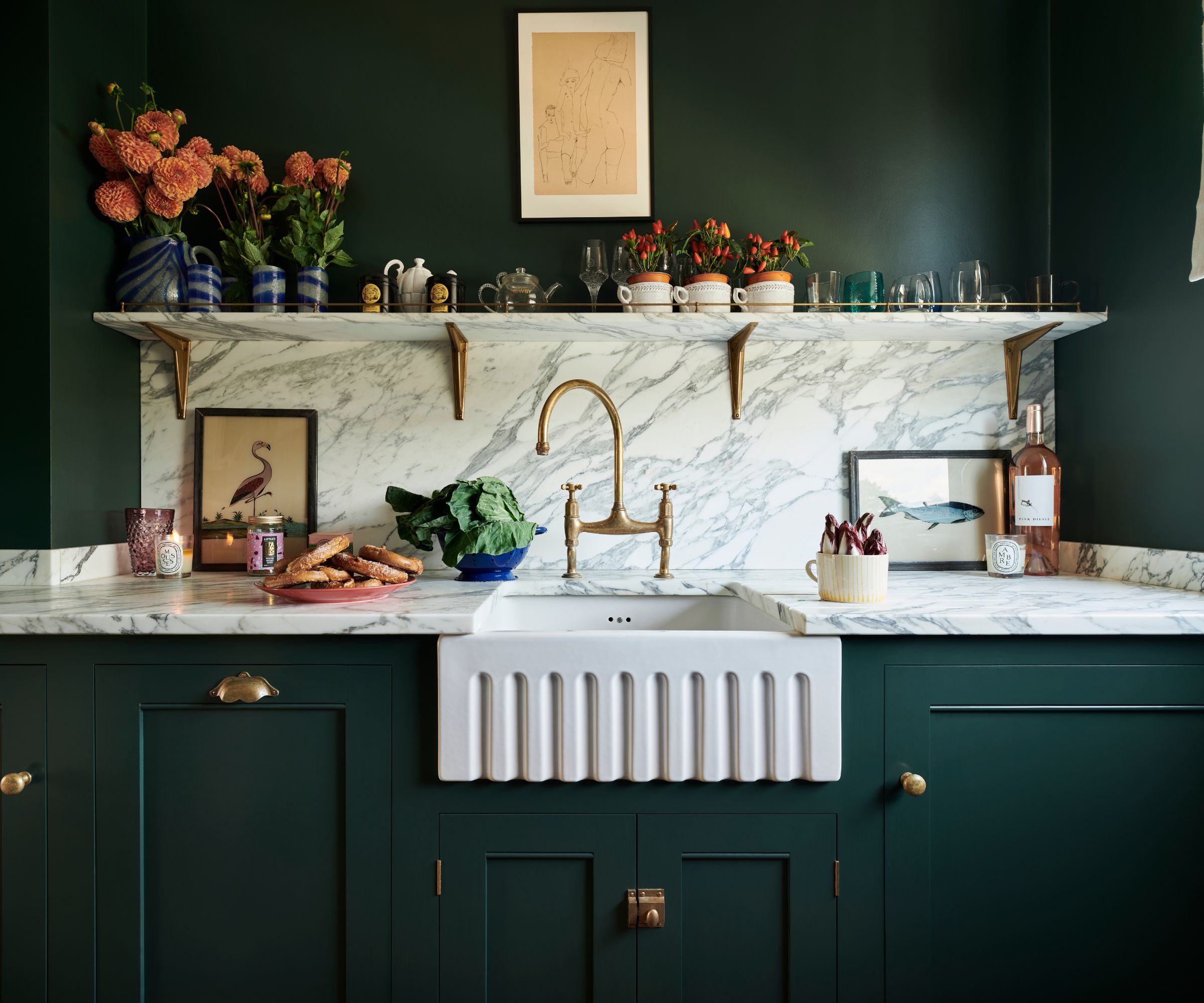
As with any backsplash design, there are a few things you need to consider to ensure it looks elevated and well-executed, both practically and aesthetically.
'Some natural stones are more porous than others, so sealing and maintenance should always be discussed with your fabricator. Careful templating is also essential, particularly if the stone has strong veining, so that the flow continues naturally from countertop to wall,' says Lauren.
'If you have to use more than one slab, try to bookmatch the ends. This means you align the two slabs so that their veining mirrors each other. This creates a custom look and allows you to show off the stone's natural beauty,' adds Jennifer.
Beyond the exciting step of selecting your stone for your countersplash, the installation and maintenance are things you really need to think about.
'Slab backsplashes require precision cutting, especially around outlets and corners. They’re also heavier than tile, so installation must be done carefully by experienced fabricators,' explains Kailee and Taylor.
And, finally, remember that your backsplash is an investment, so choosing a material that not only stands the test of time, but is also something you will still love for years to come is really important.
'The key consideration is commitment. The material is continuous, so you want to choose something timeless, not just a trend. Make sure you love the color, the veining, and the finish, because it will define the space,' says Steven.
'And plan the slab layout thoughtfully. How the veining lines up from the counter to the wall makes all the difference between something that feels ordinary and something that feels exquisitely custom.'
There's a reason designers always recommend a countersplash in a small kitchen. It looks really elevated, is incredibly practical, and helps to create the illusion of greater space. It's incredibly versatile, too, working in modern kitchens and more traditional schemes.

I’ve worked in the interiors magazine industry for the past five years and joined Homes & Gardens at the beginning of 2024 as the Kitchens & Bathrooms editor. While I love every part of interior design, kitchens and bathrooms are some of the most exciting to design, conceptualize, and write about. There are so many trends, materials, colors, and playful decor elements to explore and experiment with.
You must confirm your public display name before commenting
Please logout and then login again, you will then be prompted to enter your display name.